Fortune 100 response to DE&I pressures

The physical and transitional risks associated with climate change are becoming increasingly frequent and volatile, creating a particularly complex and uncertain context for companies and their value chains. Sia Partners can help you understand your risks and adapt your operations accordingly.
The effects of climate change are already strongly felt, with major repercussions on global economic activity.
This trend is accelerating and will continue to worsen as temperatures rise.
Below are the IPCC's climate projections for different global warming trajectories up to 2100.
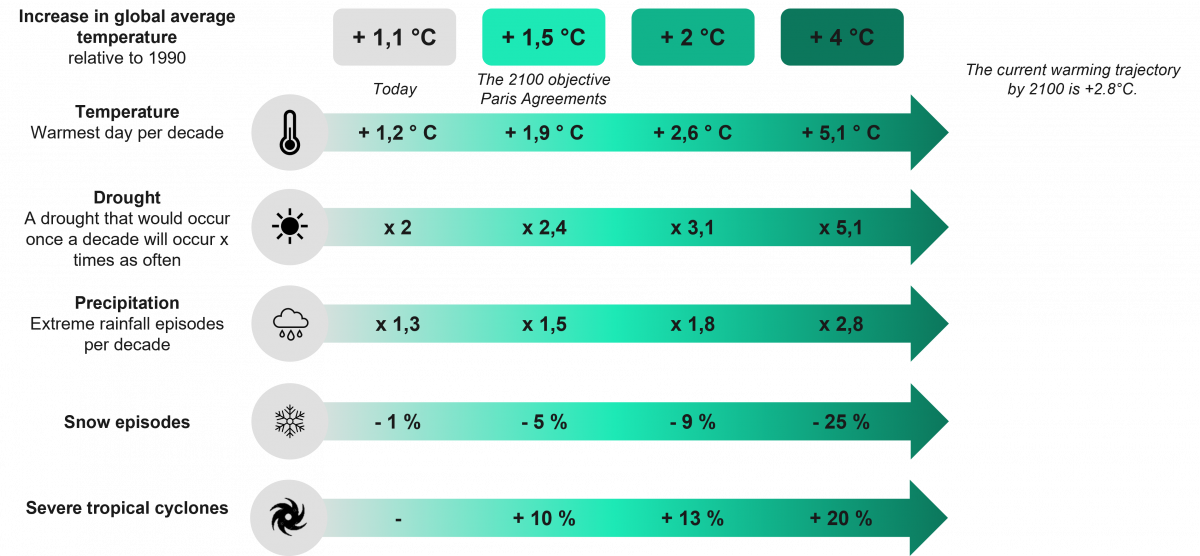
Source. IPCC, 2023
+ 1.1 °C: The total number of climate change-related court cases more than doubled between 2017 and the end of 2022, reaching 2,180 cases. This figure has increased worldwide, according to a report published by the UN Environment Programme and the Sabin Center for Climate Change Law.
+ 1.5°C: Rising sea levels threaten coastal cities and their economic activities. At least 500 million people will be affected, and the tourist and port industries are under serious threat.
+ 2 °C: Extreme heat waves have multiplied by 5.6, forcing businesses to invest in summer thermal insulation and many sectors to reorganize (construction, network operators, cold logistics, tourism and events, etc.).
+ 4°C: Half of all plant and animal species are under threat. All associated ecosystem services are at risk, as are many strategic sectors: water, energy, agri-food, health.
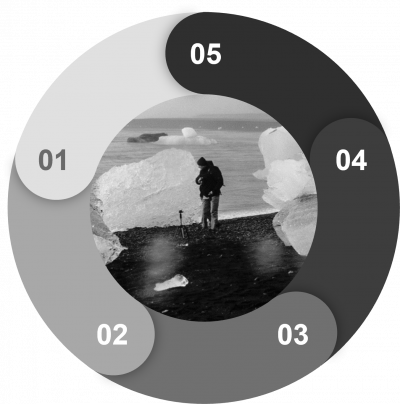
Companies therefore need to anticipate these phenomena and begin adapting to climate change. Sia Partners can support you throughout the implementation of an adaptation strategy:
Adapting to climate change is a strategic challenge for companies. Different from, and complementary to, reducing greenhouse gas emissions. Understanding why a company is vulnerable to the consequences of climate change is the first step to building an adaptation strategy.
Before taking action, it is essential to understand the issues involved in adapting to climate change, and to mobilize the right contacts within your company: management committees, insurance or operations directors, site managers, etc. There are a number of educational and forward-looking tools available for this purpose.
Created by leading players in the field (ADEME, ONERC, Météo France), an adaptation workshop helps you understand why and how to build a climate change adaptation strategy. This 3.5-hour workshop is divided into 2 sequences, during which our facilitators help you to :
Created by Julian Bleecker in 2009, design fiction is a method that enables participants to project themselves into several future scenarios. Using collective intelligence, participants then build original responses to their company's future needs.
This method, applied to the climate challenges of our century, gives us Climate Fiction Design. It's an innovative and effective way of immersing teams in different possible climate futures, in the medium or long term, and giving them a forward-looking experience of the climate and their company. They will then be able to question the facts and assumptions that structure their current thinking, and better anticipate the consequences of climate change on their activities.
Taking into account your objectives and expectations in this respect, here's how we can support you in this process:

A vulnerability assessment is an essential step in initiating a climate change adaptation strategy. It provides the knowledge to adapt effectively to the foreseeable consequences of climate change across the entire value chain.
Here are a few useful terms:
Objective: Determine your company's current vulnerability to climate change through a 360° analysis of your risks and your organization.
Our analysis:
Discover the 5 pillars of our climate change adaptation audit below:
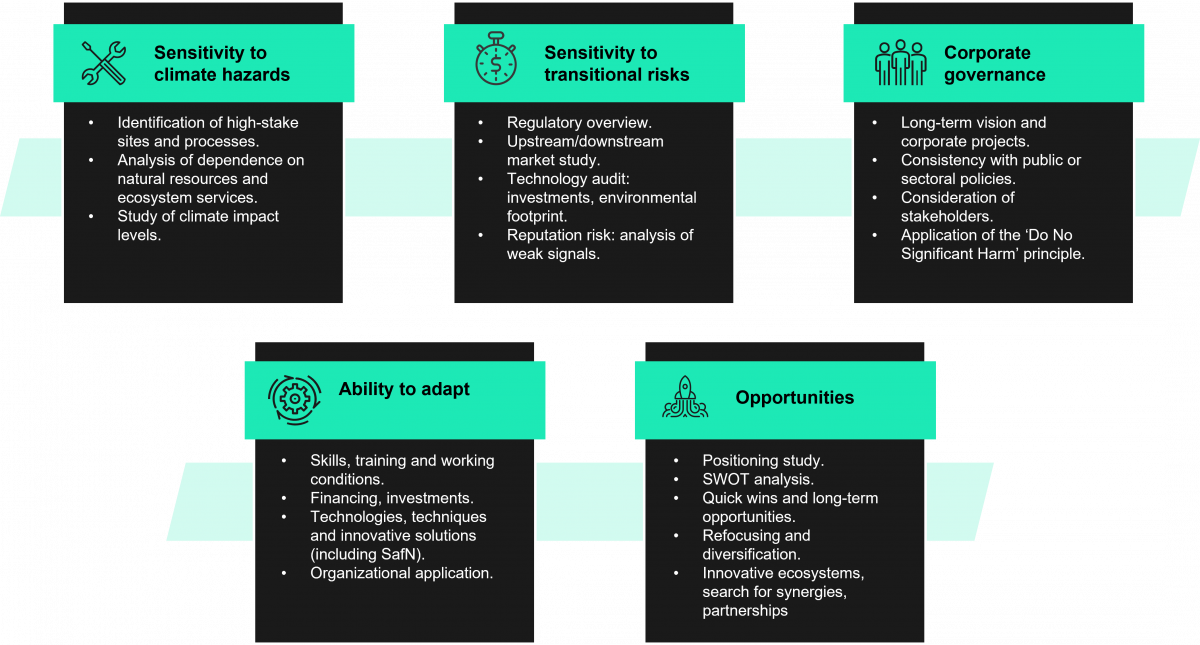
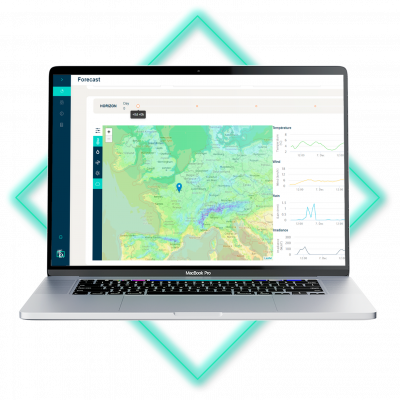
Objective: Understand climate evolution scenarios and study your company's future exposure to the consequences of climate change.
To achieve this, we use Weather & Climate, our climate modeling tool.
Objective: Carry out a climate simulation exercise and identify your company's main vulnerabilities in the worst-case scenarios. Our approach is based on 3 principles:
1. 2030 Projection
Short-term climate projections are reliable and all point to global warming of +1.5°C in 2030. This trajectory can no longer be avoided, and so companies need to anticipate it as far as possible. The 2030 horizon makes it easy to integrate the conclusions of the stress-test into corporate strategy and its operational implementation.
2. Worst-Case Scenarios
Based on an analysis of your value chain, we build your worst-case scenario. This combines various climate risks and takes place over a typical year for your company. Although such a scenario is unlikely, each event represents a major threat to the company and is likely to occur in the next few years. Knowing your vulnerabilities in such a scenario will help your company to protect itself against the real threats it will face between now and 2030.
3. Systemic approach
This scenario combines extreme climatic conditions (chronic and acute risks), transition risks (regulatory, market risks, etc.) and disruptions to ecosystem services (water, biodiversity, etc.). This 360° vision of climate risks avoids the blind spots of an adaptation strategy.
From defining objectives to prioritizing and monitoring actions, we support you in transforming your business, supporting your teams and identifying new opportunities.
With limited resources and tight deadlines, companies need to define their priority objectives and the actions they need to take to adapt quickly and effectively to the consequences of climate change. We put our sector-specific expertise at the service of your climate strategy.
Following a vulnerability diagnosis, the company can identify the sites or processes for which adaptation actions are essential.
The company will then define a strategy for adapting to climate change:
KPIs & alert thresholds, vulnerability level scale, mapping and stakes level maps
The methodological framework provided by ACT Adaptation must be studied and used at this stage to encourage the adoption of a more robust adaptation strategy. Actions should not only be seen as constraints, but also as opportunities for the company.
Creation of internal Adaptation Taskforce, design thinking workshops, review of strategic processes, decision-making
Multi-criteria analyses (cost-benefit, etc.), operational roadmaps, planning, KPIs, RACI matrix, etc.
This work is specific to the company, and must be integrated into, and coherent with, its overall strategy, particularly on related subjects such as climate change mitigation and biodiversity, to avoid failure.
Sia Partners' sector-specific expertise enables us to propose adaptation actions that are relevant to the company's context and challenges.
Energy, Utilities and Environment | Manufacturing | Real estate | Mobility & Logistics | Banking and Capital Markets | Insurance
In addition, effective approaches to dealing with the consequences of climate change can be put into place: circular economy, industrial and territorial ecology, nature-based adaptation solutions...
Adapting a company to climate change may involve launching new projects as well as certain operational and managerial transformations. Sia Partners can assist you with every aspect of your project.
We have extensive experience in managing complex projects and programs, from framing solutions to supporting operational teams in their implementation:
Intelligent management tools can help you anticipate risks in the context of your operational activities, increasing your ability to adapt tenfold, to the benefit of your employees and the performance of your business.
A strategy for adapting to climate change must be iterative. The climate is changing, so the strategy must take this evolution into account and incorporate feedback from the transformations at work. We can help you assess the performance of your climate strategy and set up a monitoring system for your climate action plan.
Sia Partners suggests using ADEME's ACT Adaptation methodology to assess the quality and comprehensiveness of your company's adaptation strategy. This methodology is useful for quantifying and qualifying the extent to which a company has put in place a comprehensive, coherent, effective and robust adaptation strategy.
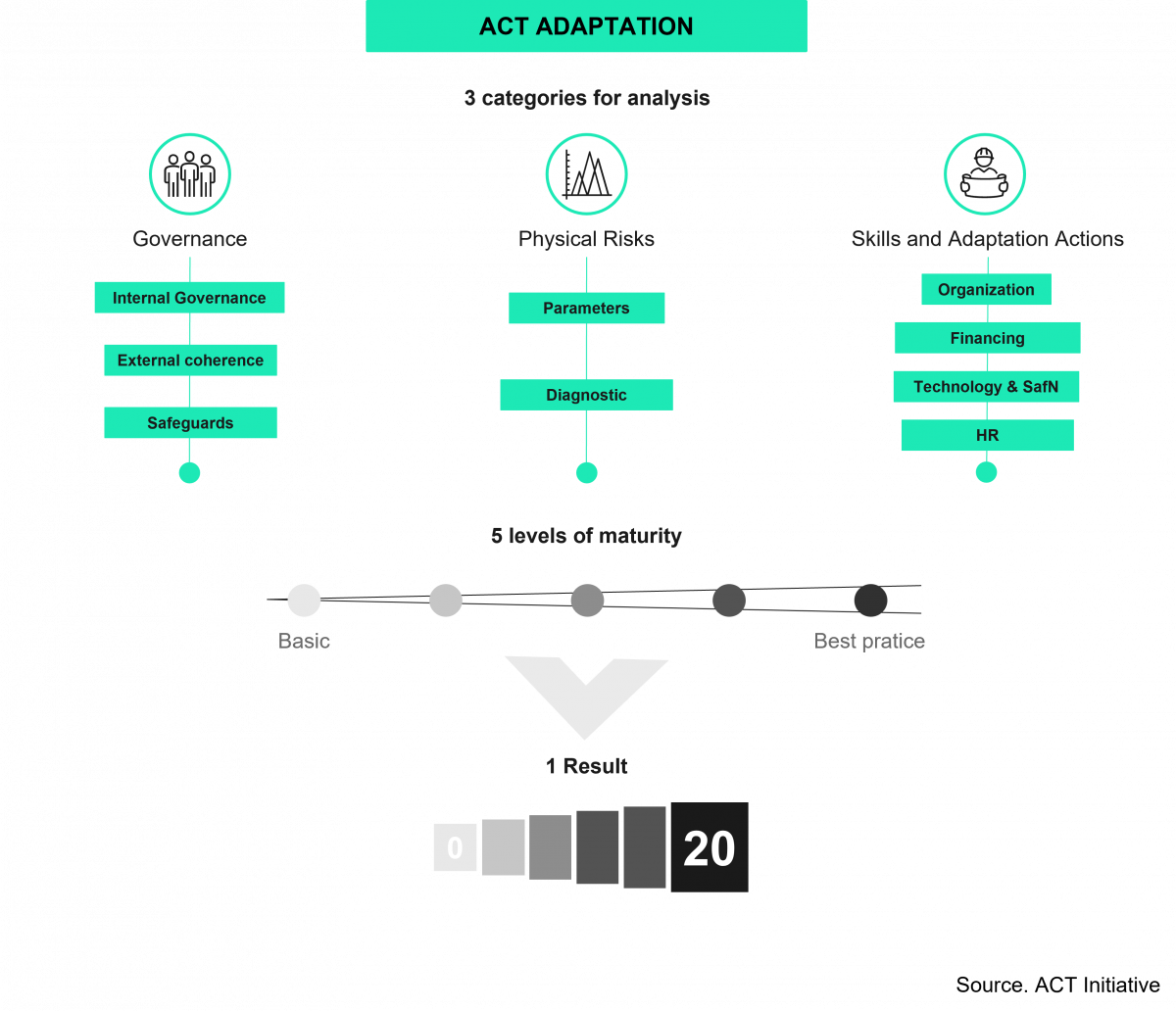
You can find ADEME's reference document on the ACT Adaptation method here: ACT Adaptation 2023
Charlotte Elton. (2023) Changement climatique : vers des tornades encore plus redoutables aux Etats-Unis. Euronews
ASCE. (2020) Electric Infrastructure Investment Gasps in a Rapidly Changing Environment
Carbon Disclosure Project. (2017) The Carbon Majors Database – CDP Carbon Majors Report 2017